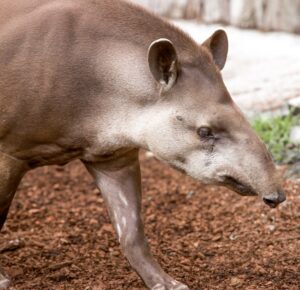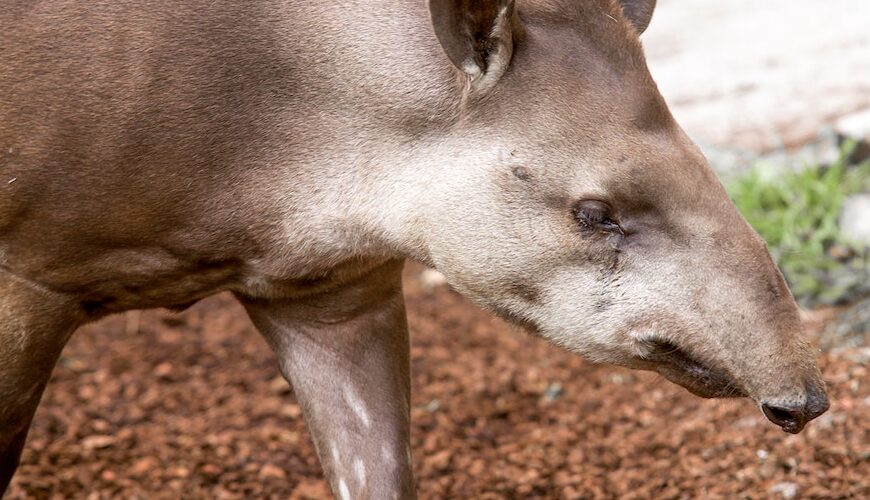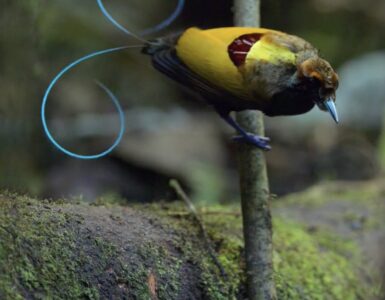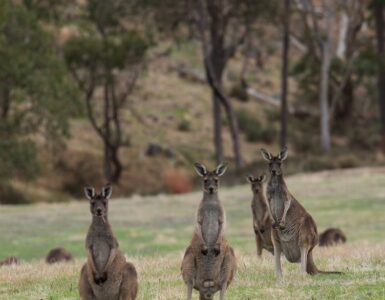We all know about one of the most fantastic animals in our biodiversity, Elephants, and probably not only recognize them for their size but also their extremely flexible and versatile trunks.
Functions of Elephant Trunks


The elephant’s trunk is a remarkable adaptation serving a wide range of essential functions crucial for survival and daily activities, including
- Elephants use their trunks to breathe. When swimming, they can raise their trunks to reach the water’s surface or access fresh air in dusty or smoky environments.
- Elephants can suck water into their trunks and then use it like a hose to pour into their mouths. This allows them to drink large quantities of water quickly, essential for staying hydrated, especially in hot climates.
- Their trunks are incredibly dexterous and can precisely grasp and manipulate vegetation. This enables them to pluck leaves, fruits, and branches from trees and shrubs and pick up grass and other plants from the ground.
- Elephants use their trunks to produce a variety of vocalizations, including trumpets and rumbles. They can also use their trunks to amplify their calls, allowing them to communicate over long distances.
- Trunks play a crucial role in social interactions among elephants. They use their trunks for greeting each other, touching, and even playing with other members of their herd.
- Elephants can use their trunks defensively. When threatened, they may raise their trunks to make themselves appear larger or swing their trunks to ward off potential threats.
- Elephants use their trunks for self-grooming, such as dusting themselves with dirt or mud to help repel insects and cool down. They can also use their trunks to scratch themselves in hard-to-reach places.
- In some cases, elephants have been observed using their trunks as tools, such as breaking branches or digging for water in dry riverbeds.
- Mother elephants use their trunks to gently handle and care for their calves, picking and guiding them.
- Elephants often use their trunks to explore their environment, whether investigating an interesting smell, texture, or object.
Essentially, the trunk is an indispensable organ for elephants, and its adaptability is crucial for survival in diverse and often challenging habitats. It allows them to perform various tasks with remarkable precision and control, making it one of the animal kingdom’s most distinctive and versatile appendages.
Other Animals with Trunks
While Elephants are one of the foremost animals that come to mind when we speak about trunks, few other animals have evolved similar structures or appendages for various purposes. These trunk-like structures are not as long or versatile as an elephant’s trunk, but they serve specific functions for these animals. Here are some examples:


Tapirs
Tapirs are large, herbivorous mammals in Central and South America and Southeast Asia. They have prehensile snouts that are somewhat similar to trunks. These snouts are used for grasping leaves, fruits, and aquatic vegetation, making them effective browsers and swimmers.
Proboscis Monkeys
Proboscis monkeys, native to Borneo, have distinctive large noses that resemble trunks. These noses are primarily used for vocalizations and are thought to be sexually selected traits, as males with larger noses tend to be more attractive to females.
Sawfish
Sawfish are a type of ray that have elongated, saw-like rostrums (narrow, flattened snouts) with teeth. While not used for grasping objects like an elephant’s trunk, these rostrums are used for hunting and stunning prey, making them a unique adaptation among aquatic animals.
Elephant Shrews
Elephant shrews, also known as sengis, have long, flexible noses used for foraging. These small, insect-eating mammals are found in Africa, and their elongated noses help them probe for insects in leaf litter and crevices.
It’s important to note that these trunk-like structures in other animals are adaptations for specific functions in their respective ecosystems. They should not be confused with the highly specialized and versatile trunk of elephants, which is a unique feature among mammals.






Add comment